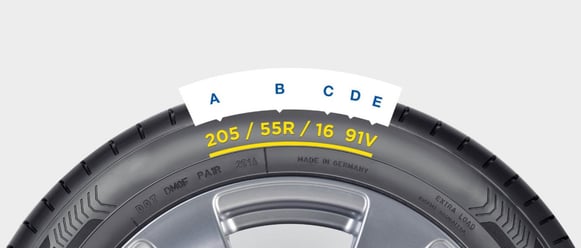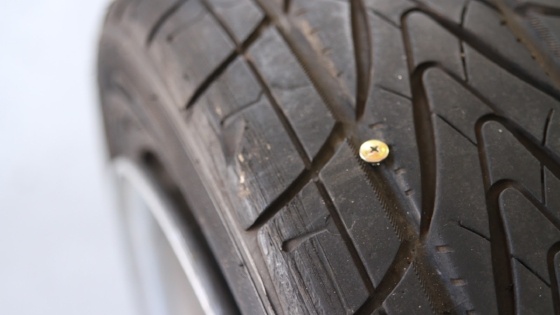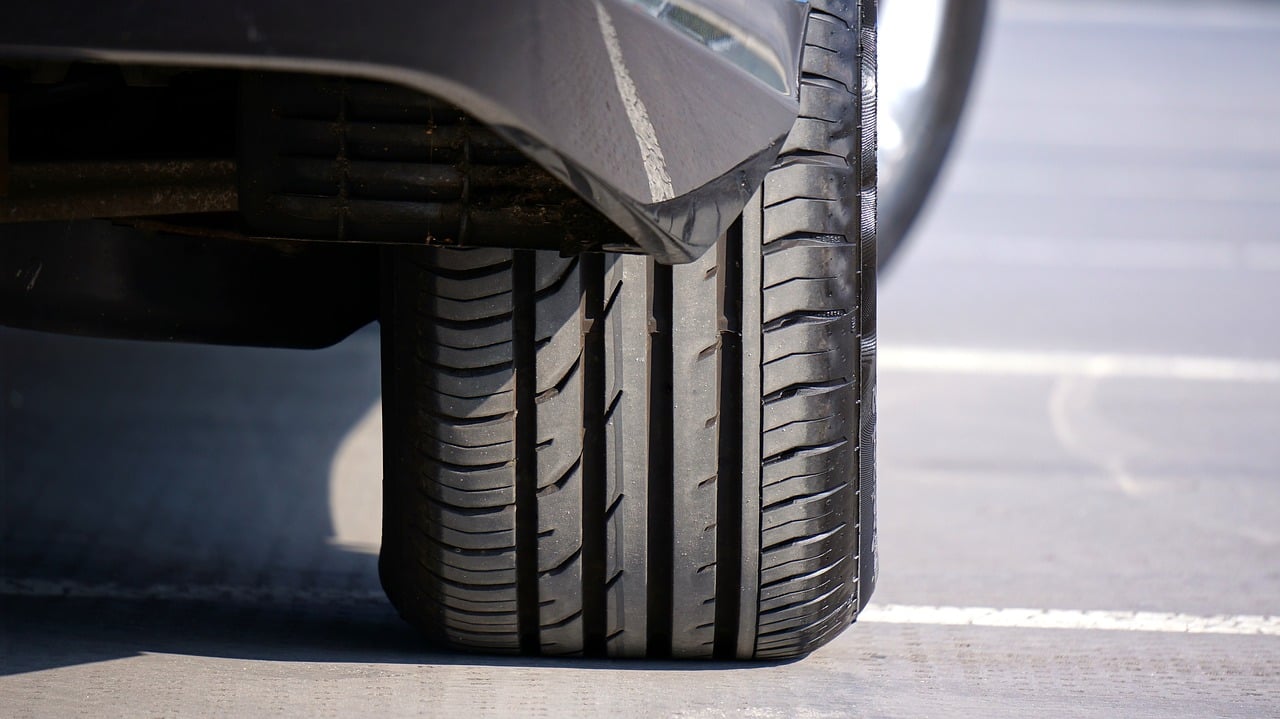Ever taken a look at the wall of your tyre and wondered what all the markings mean? Here’s a guide to everything you need to know about your tyres.
We often don’t give our tyres a second thought - until something happens. Your tyres are, however, vital to your safety, and overall car performance. Just like the soles of your shoes suffer wear and tear from walking long distances, over time, your tyres take a beating too. It’s important that you know how to protect and look after your tyres, as well as inspect them to determine if, and when, it’s time for a new set.
Tyre jargon
Talking about tyres, you’ll need to understand some tyre terminology. There are five main terms you’ll need to understand:
- Your tyre width is measured from sidewall to sidewall.
- Your tyre’s aspect ratio is the ratio (%) of your tyre’s height to its width. An aspect ratio of 70, for example, indicates the tyre’s height is 70% of its width.
- Your wheel diameter is the height of your wheel in inches.
- Your tyre’s speed rating is the maximum speed it can travel. This figure applies to tyres that are correctly inflated and not carrying a heavy load.
- Your tyre’s load index refers to the maximum capacity (in kgs) that your tyres can carry.
Tyre markings decoded

Image source: Goodyear
- Tyre width
- Aspect ratio
- Wheel diameter
- Load index
- Speed rating
You may notice other markings on your tyres, such as:
- Passenger vehicle = P
- Radial tyre construction = R
- United Nations Commission for Europe compliant = ECE
- Tread wear indicators placement = TWI
- Date of manufacture (four digit code) and tyre pressure information may also be visible on your tyre.
There are several ways to extend the lifespan of your tyres
- Make sure your tyres match.
Whenever you replace tyres, try to replace all four simultaneously. If this isn’t possible, at least ensure that you buy matching pairs. Also make sure that the new tyres match the older ones you’re keeping, and mount the newer tyres on the driven axle - this will give you better stability, ensuring a safer ride.
- Check your tyre pressure regularly.
Your tyre pressure impacts your car’s handling on the road, as well as your fuel efficiency. The wrong tyre pressure can wear down your tyres faster, and affect your ability to break properly, causing a safety hazard. Your tyres lose pressure over time - so it’s a good idea to get them checked whenever you stop to fill up with petrol. If you’re not sure what the ideal tyre pressure for your vehicle is, You can find the correct tyre pressure on the inside of the driver’s door
- Rotate your tyres every 10 000km.
Your front tyres (if you have a front wheel drive car) suffer more wear and tear than your rear tyres, so switching them around occasionally helps to even this out. By doing this, you’ll get the most out of your tyre tread. Remember that driving an overloaded vehicle, regularly driving long distances or speeding will all wear out your tyres faster - if this is the case, you should rotate your tyres more often. Getting your tyres rotated by your dealer will give you the opportunity to get your wheel alignment checked at the same time.
- Check the treads of your tyres often.
In South Africa, the minimum legal tread depth is 1.6mm around the entire circumference of your tyre. If you notice your tread wearing down unevenly, it may be a sign of an underlying problem. If the tread is wearing down more on the outside edges of the tyre, this indicates that you need to inflate your tyres. If the tread is wearing more in the centre of the tyre, this indicates your tyre is overinflated, and could be at risk of a blowout. If you notice any strange wear patterns, you may need to check your wheel alignment
If you notice any of the following anomalies, it’s time to change your tyres
- Tread wear indicators.
These are thick, hard rubber lines which only become visible once the tread on your tyres wears down too far. If you can see them, your tread is likely to be 1.6mm or below - time to get yourself a new set of tyres.
- Strange, uneven wear patterns.
If your wheels are properly aligned, but you’re still noticing strange wear patterns, this is an indicator that there’s a problem. It’s a good idea to get your dealer to take a look at this, as it may be an indication that you need to change your tyres.
- A bulge.
If a bulge or blister appears on your tyre, change it immediately. Your tyre could easily burst. It’s extremely dangerous to drive like this.
- Lacerations, punctures larger than 6mm or a flat.
If you notice any other serious damage to your tyres, change them. You shouldn’t try to repair a tyre once it has worn below the legal tread limit.
Now that you understand the markings on your tyres, we challenge you to take a look at your own tyres, and let us know what you see! Post your findings in the comments below. You can also contact your dealer for more infomation.
Get all our latest articles with useful information like this delivered straight to your inbox, sign up to the Suzuki blog.
Want to get the best deal on your next car? Download our ebook, Questions to ask your dealer, for insider tips that’ll help you know which important questions to ask when looking for your dream car.


![How to change a tyre [infographic]](https://blog.suzukiauto.co.za/hubfs/How%20to%20change%20a%20tyre/How%20to%20change%20a%20tyre-104140-edited.jpg)

